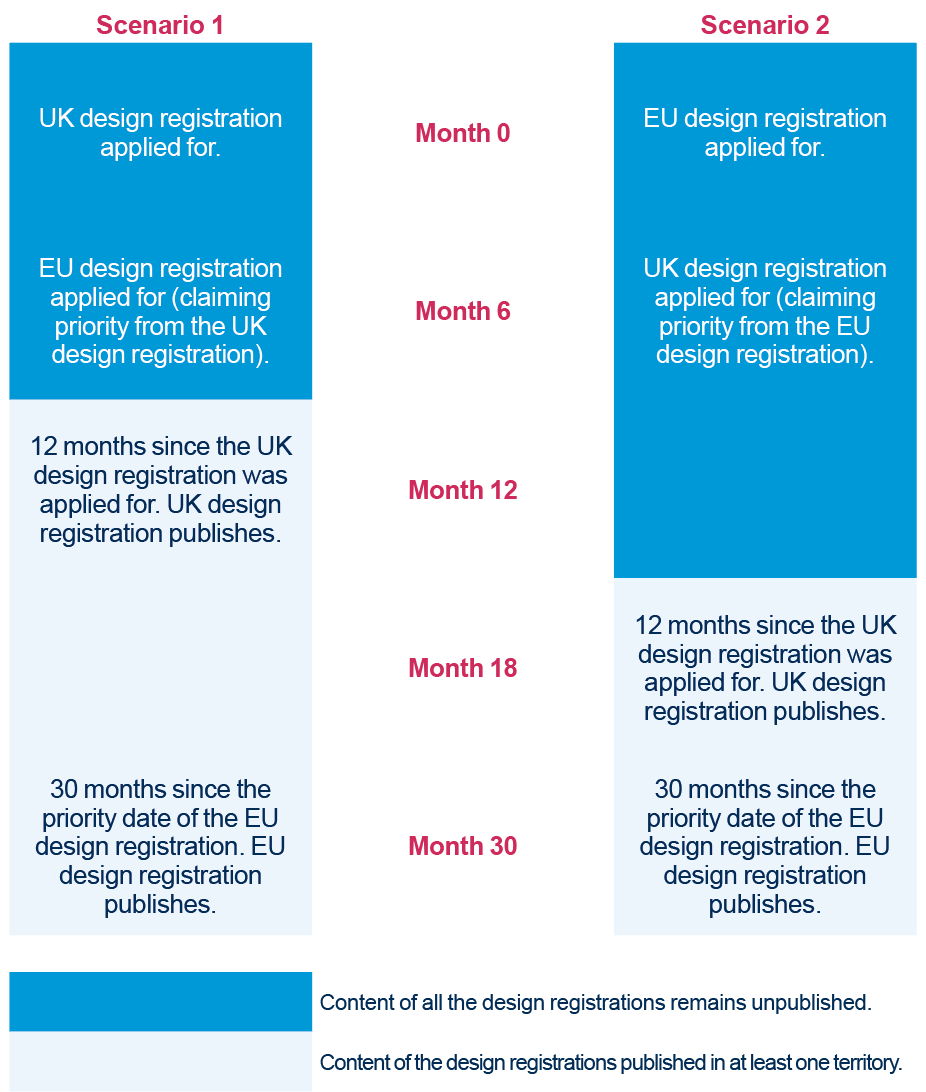Keeping your registered design portfolio away from prying eyes
When it comes to protecting the appearance of a new product, the use of registered designs can often prove an effective means for doing so.
Indeed, at least in respect of the UK and EU design registration systems, it is possible to obtain a design registration in the respective territory in as little as a few days. Normally, the design registration is then fully published at that time in the relevant UK/EU design register, where any interested party can then view the content of the design registration.
In a number of situations, having the design registration published straight away is acceptable, since third parties are then aware of the content of the design registration, and the fact that this content is protected by the design registration.
However, there are often situations where immediate publication of the content of the design registration may not be desirable, such as when corresponding patent protection is being pursued in respect of the content, or where the content relates to an upcoming product that has yet be formally publically announced. Conscious of such situations, a number of design registration systems around the world (including those in the UK, Germany, and the EU) allow for the publication of the content of a design registration to be deferred for a specified period of time – often called the “deferment period”.
The length of this deferment period varies between the design registration systems around the world, such that the deferment period in some territories is longer than in others. What this means in practice is that when seeking registered design protection in a number of territories around the world, and where it is necessary to keep the content of these design registrations unpublished for as long as possible, the order in which the design registrations are applied for can make a difference as to the maximum time in which their content can remain unpublished.
For the sake of completeness, when seeking registered design protection in a number of territories around the world, it is possible to apply for a design registration in a first territory, and then validly pursue corresponding design registrations in other territories around the world within six months of applying for the design registration in the first territory. That process is referred to as the later design registrations “claiming priority” from the first design registration, since the later design registrations are then deemed applied for on the date of the first design registration (so called the ‘priority date’ of the design registrations).
Mindful of the possibility for a later filed design registrations to claim priority from an earlier filed design registration, the UK design registration system provides a deferment period of 12 months from when a given UK design registration is applied for, whereas the deferment period in the EU and in Germany is 30 months from the date of the earliest priority date of the design registration that is applied for. That being the case, taking an example where both UK and EU design registrations are applied for, it can be seen that depending on the timing when the two design registrations are applied for, the maximum period of time in which their content can remain unpublished differs:

Thus in the case of scenario 2, the content of the design registrations can be kept unpublished for a total period of 18 months, which is six months longer than the corresponding period from scenario 1.
In short
In summary, when applying for design registrations in a number of territories around the world, thought should be given to the order in which the design registrations are applied for, so as to maximise, where desirable, the time in which the content of the design registrations can be kept unpublished. This is particularly important to avoid any publication of the content of the design registrations conflicting with other co-pending intellectual property rights, such as corresponding patent applications.
For further information in respect of the above, or for strategic advice in making the most of deferment periods for an upcoming design registration, please do not hesitate to contact one of the attorneys or solicitors in our design team from any of our offices in the UK and Germany.
